The Earliest Inceptions
What's the story behind false eyelashes? In 3500 B.C., the Ancient Egyptians, according to Marie Claire, started employing brushes and ointments to achieve long, beautiful lashes. It wasn't only women in Egypt who wanted longer eyelashes. Malachite was used by both men and women to thicken their lashes. It was also said that they wanted long lashes to shield their eyes from the hot sun.
753 B.C. was a time of great beauty in the Roman Empire. It was because of Pliny the Elder's assertion that short eyelashes were an indication of old age that the Romans began using artificial eyelash extensions. Burnt cork and coal were utilized to generate this sultry effect. As well as representing virtue and virginity, the Romans saw long eyelashes as a sign of sexual purity.
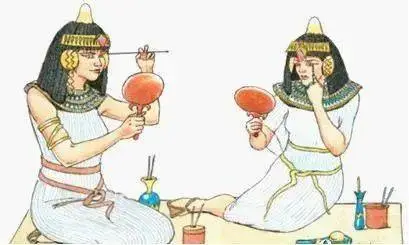
The Medieval Period
As time progressed, fake eyelashes became more and more popular and less and less popular. Fake lashes, which would soon be ubiquitous in popular culture, were frowned upon throughout mediaeval times. Having a lot of hair was considered sexy at the time. To enhance their facial features, women would remove their eyelashes and eyebrows.
Since eyelashes play a crucial role in preventing dust and debris out of the eyes, the procedures they utilized were harmful. As it turns out, this craze was a short-lived one. These eyelash-enhancement methods were popular in the late 19th century.
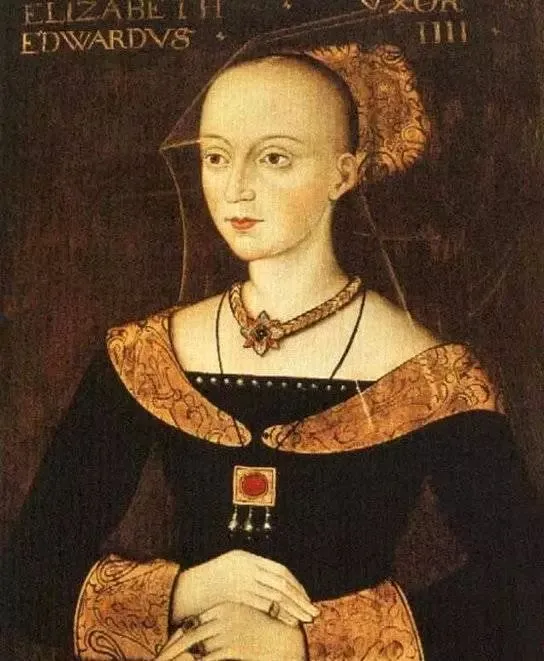
Role of Victorian era
The first mascara was developed in the middle of the 1800s by Eugene Rimmel, who worked as a perfumer for Queen Victoria in the 19th century. The eyelash mixture that he used consisted of coal dust and Vaseline lotion. The innovation was soon adopted, and by the 1800s, it had become an essential component of fashion. From this point forward, the history of eyelash extensions may be traced.
A study published in 1882 revealed that ladies in Paris stitched hairs onto their eyelids for the purpose of enlargement. According to a piece written in the year 1899, later on in history, ladies started a trend of grafting their hair onto their eyelids. Around the same period, there were other reports of women undergoing a procedure in which needles were used to implant artificial eyelashes. The process of organ transplantation did not seem to be successful. Beauticians, on the other hand, started experimenting much more in the 20th century.
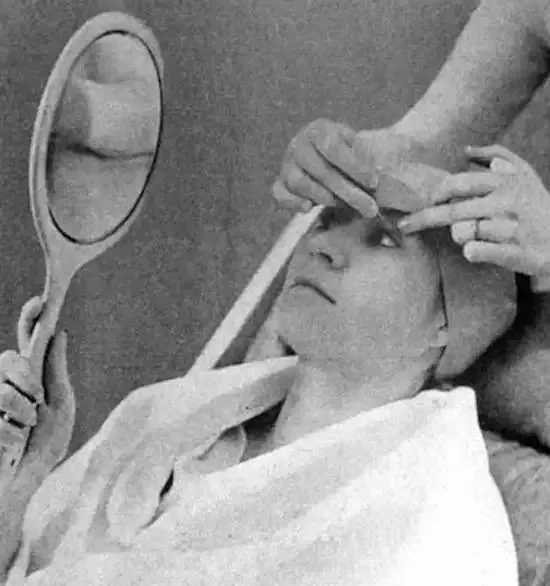
20th Invention
Anna Taylor, a lady from Canada, submitted the first patent application for artificial lashes in 1911. The lashes at the time consisted of strips of fabric material with microscopic hairs attached to them. However, at that time, there was not a widespread usage of it.
Actress Seena Owen wore a pair of lengthy fake lashes for the 1916 production of Intolerance. Director D.W. Griffith instructed the film's wigmaker to construct the lashes out of human hair and gauze, and then have them glued onto the actress's eyelids. It was during this time that the first strip fake eyelashes were created. Actresses in the 1920s were huge fans of wearing false eyelashes.
William Beldue's invention of the first eyelash curler in 1923 was one factor that led to the rise in popularity of fake eyelashes. He came to the conclusion that actress eyes did not stand out enough. The wig maker used a process that included braiding human hair through gauze and attaching it to the actress's eyelids in order to give the appearance of longer eyelashes. He quickly put an end to the problem by delegating the task to the wig manufacturer. The curlers make it possible to line the fake eyelashes with the natural eyelashes, which results in the artificial eyelashes seeming to be more lifelike.
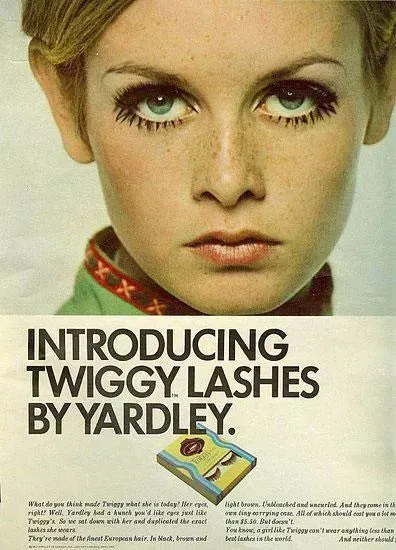
Eyelash strips were popular in 1916. The director wanted the actress's eyelashes to seem exotic, longer, and "bigger than life." Women who desired thicker eyelashes may apply mascara, but others preferred the new eyelash strips. The director asked the wigmaker to attach human hair eyelashes onto the actress' eyelids using spirit gum. Spirit gum was a glue substitute made of alcohol and resin. This glue came in a little transparent container or tube and required to dry to become sticky.
The synthetic lashes appeared in the 1950s. No longer were human hair strip lashes used. Various styles were used even though they are not as natural as the human hair false eyelashes. In the 1940s-1950s, it was crucial to glamour and cosmetics.
Eyelashes improved with time. Many styles suit every woman's eye shape. Strip lash industry soared in the 1970s. Max Factor and Revlon sold them. 20,000,000 pairs of fake eyelashes were sold in the U.S.
Women had trouble coordinating their lashes with fake eyelashes during the lash vogue. Charles W Stickel and William E McDonnell invented something patentable. Women still use the Kurlash eyelash curler to align natural and fake lashes. By curling your own lashes before applying artificial lashes, you may mix your natural and false lashes perfectly.

Modern False Eyelashes in the 21st Century
Semi-permanent lash extensions were introduced in the 1990s and 2000s, and they quickly became popular. Natural-looking lashes were popular about this period. It has also become more exact in terms of the application approaches. It wasn't until 2004 that these techniques were brought to the United States from Korea. In order to keep the new eyelash extensions in place for as long as possible, they were attached in tiny clusters of glue to the original natural eyelashes.
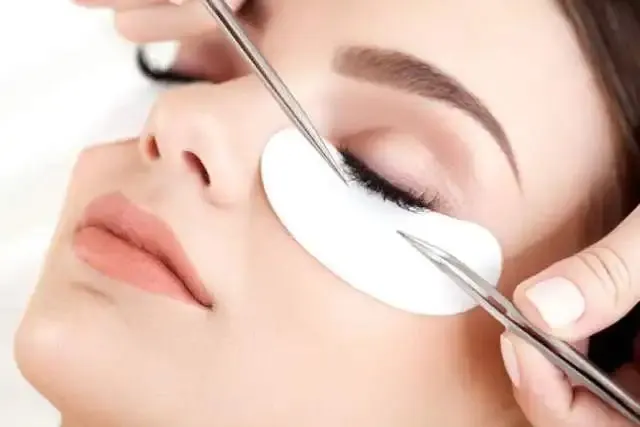
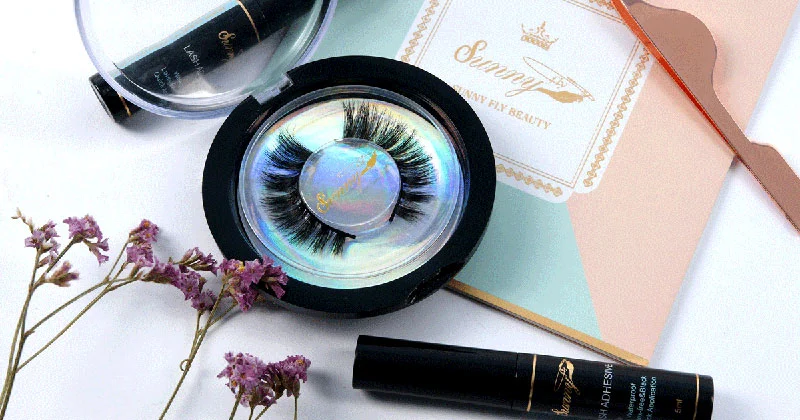
Among the world's top three fake eyelash manufacturers are China, Korea, and Indonesia. Compared to Indonesian hair gathered in Indonesia at that time, hair from China is believed to be stronger and thicker and China has better capability due to its big population. Compared to Korea, false lashes from China are less expensive. To save costs, some Korean factories have even teamed up with Chinese counterparts. Because of this, China is the greatest option for eyelash suppliers and distributors.
False eyelashes are not only used to put on a show nowadays; instead, they're worn to enhance one's natural attractiveness in the everyday life. Eyelashes are one of the first things people notice about you when they glance at you, and they assist to make your eyes seem brighter and make your beauty more impressive.
